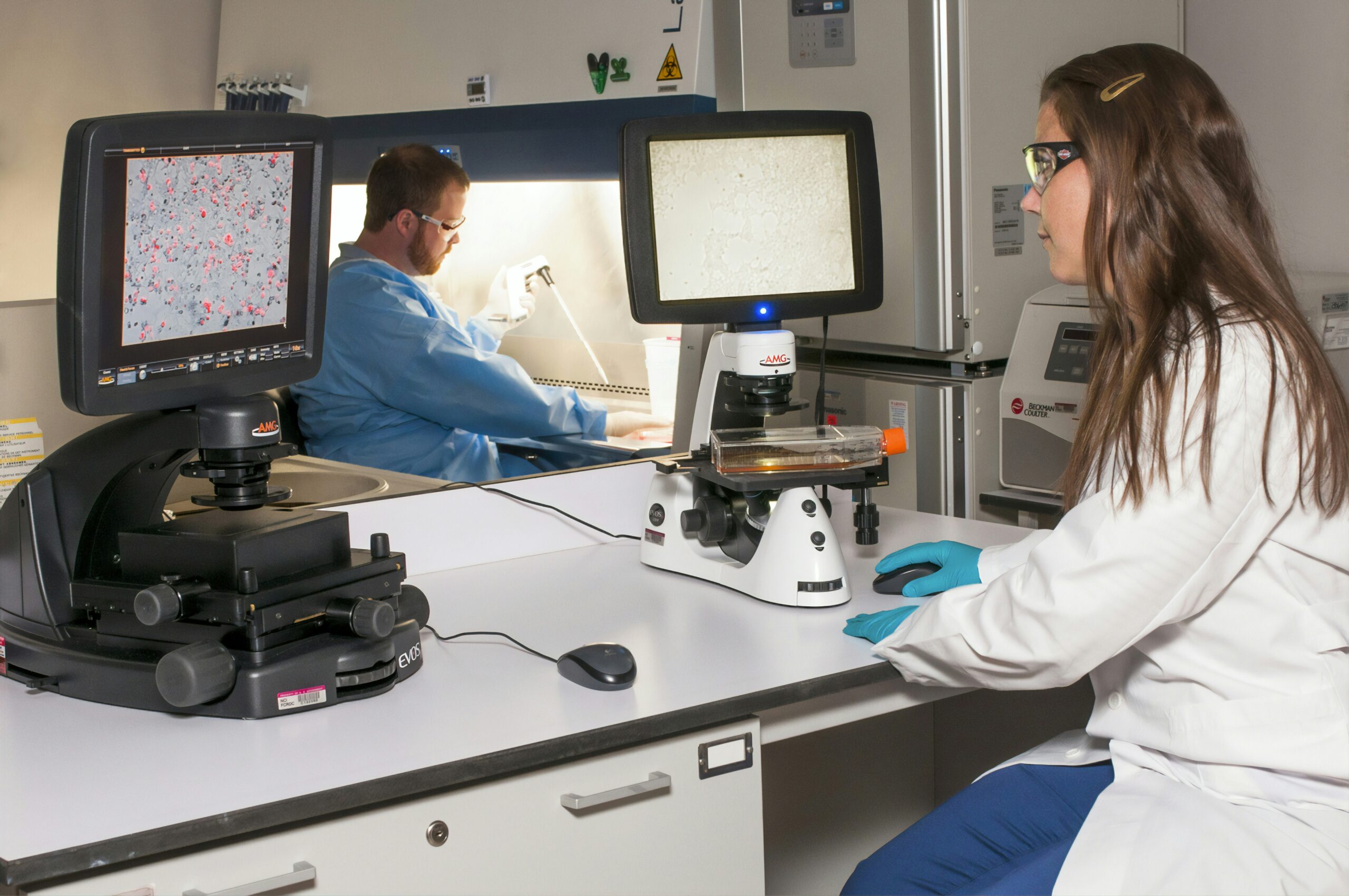Prostate cancer is a prevalent disease that affects men worldwide, causing concern and prompting the need for effective screening tests. In order to detect prostate cancer early and increase chances of successful treatment, it is crucial to understand the screening tests available. This article aims to shed light on the various screening tests for prostate cancer, providing valuable information that can empower you to take charge of your health. From the prostate-specific antigen (PSA) blood test to digital rectal exams (DRE), explore the screening methods that can help in the early detection of prostate cancer and ultimately save lives.

Understanding Prostate Cancer
Prostate cancer is a type of cancer that affects the prostate gland, which is a small walnut-sized gland located just below the bladder and in front of the rectum. The prostate gland is responsible for producing seminal fluid, which helps to nourish and transport sperm. When cancer cells develop in the prostate gland, it can interfere with the normal functioning of this vital organ.
Definition of Prostate Cancer
Prostate cancer is defined as the abnormal growth of cells in the prostate gland, forming a tumor. These cancerous cells can spread to other parts of the body through a process called metastasis. It is important to note that not all prostate tumors are cancerous. Some tumors can be non-cancerous, known as benign prostatic hyperplasia (BPH).
Significance and prevalence of Prostate Cancer
Prostate cancer is a significant health concern for men, as it is the second most common cancer in men worldwide. According to the American Cancer Society, approximately one in eight men will be diagnosed with prostate cancer in their lifetime. The risk of developing prostate cancer increases with age, with the majority of cases occurring in men over the age of 65. It is essential to raise awareness about prostate cancer and promote early detection and prevention strategies.
Potential causes of Prostate Cancer
The exact cause of prostate cancer is unknown, but several factors may contribute to its development. Age is considered a significant risk factor, as the risk increases with advancing age. Family history also plays a role, with men who have a first-degree relative (father or brother) diagnosed with prostate cancer having an increased risk. Other potential risk factors include race (African American men have a higher risk), obesity, and exposure to certain chemicals or toxins.
Importance of Screening for Prostate Cancer
Screening for prostate cancer is crucial in detecting the disease at an early stage when treatment options are most effective. Early detection allows for a better chance of successful treatment, reducing morbidity and mortality rates associated with the disease.
Role of early detection
Early detection of prostate cancer through screening can help identify the disease before symptoms develop. Prostate cancer in its early stages may not cause noticeable symptoms, making screening even more critical. By detecting the disease early, appropriate treatment options can be pursued, potentially leading to better outcomes and increased survival rates.
Reduced morbidity and mortality benefits
Regular screening for prostate cancer has been shown to reduce morbidity and mortality rates associated with the disease. By detecting prostate cancer at an earlier stage, more treatment options are available, and the chances of successful treatment increase. Screening can help identify aggressive forms of prostate cancer that require immediate intervention, thereby preventing disease progression and its associated complications.
Prevalence of silent growth of Prostate Cancer
Prostate cancer is known for its ability to grow silently. In many cases, prostate tumors may be present for years without causing noticeable symptoms. Regular screening allows for the detection of these silent tumors, enabling early intervention and a higher likelihood of successful treatment.
Who Should Be Screened for Prostate Cancer?
Screening for prostate cancer is recommended for specific individuals who are at an increased risk of developing the disease.
Risk groups for Prostate Cancer
Men with a family history of prostate cancer, particularly a first-degree relative, have a higher risk of developing the disease. Individuals from certain racial or ethnic backgrounds, such as African Americans, also have an increased risk. It is essential for men in these risk groups to discuss screening options with their healthcare provider.
Age-factor in Prostate Cancer
Age is an essential factor to consider when determining who should be screened for prostate cancer. Most cases of prostate cancer occur in older men, with the average age at the time of diagnosis being around 66. Healthcare providers may recommend screening for men aged 50 and older, while individuals at higher risk may be advised to start screening earlier.
Importance of family history in Prostate Cancer
Having a family history of prostate cancer can significantly increase an individual's risk of developing the disease. If a first-degree relative, such as a father or brother, has been diagnosed with prostate cancer, it is crucial to inform healthcare providers. Family history, along with other risk factors, may influence the recommendations for screening and surveillance.
Discussing the Best Time to Start Prostate Cancer Screening
Determining the best time to start prostate cancer screening involves considering various factors, including age and individual risk factors.
Age-based recommendations
For most men, the American Cancer Society recommends discussing the potential benefits and risks of prostate cancer screening with their doctor at the age of 50. However, for individuals at a higher risk, such as those with a family history of the disease or African Americans, screening may begin at the age of 45 or even earlier.
Considerations for high-risk individuals
High-risk individuals should have conversations with their healthcare providers regarding the appropriate time to start prostate cancer screening. These individuals may need to start screening at an earlier age or undergo more frequent screenings, depending on their specific risk factors.
Understanding ‘baseline' testing
Baseline testing refers to the first round of screening tests performed to establish a starting point for future comparisons. This initial screening is essential as it provides a reference for interpreting future test results. Baseline testing is typically recommended for men in their 40s to establish a baseline level of prostate-specific antigen (PSA), a key marker for prostate cancer.
Different Types of Screening Tests for Prostate Cancer
Several screening tests are available to detect prostate cancer or assess the risk of developing the disease.
Overview of potential tests
The two primary screening tests for prostate cancer are the prostate-specific antigen (PSA) test and the digital rectal examination (DRE). In some cases, additional imaging tests or genetic testing may be recommended to further evaluate and diagnose prostate cancer.

Comparison of effectiveness
The effectiveness of each screening test may vary, and their combined use is often recommended for more accurate results. The PSA test measures the level of PSA in the blood, while the DRE involves a physical examination of the prostate gland. The combination of these tests can provide valuable information to guide further diagnostic procedures if necessary.
Understanding the methodology of each type of test
The PSA test measures the level of prostate-specific antigen in the blood, which can be elevated in the presence of prostate cancer or other prostate conditions. The DRE involves a healthcare provider inserting a gloved finger into the rectum to feel for any abnormalities in the prostate. Both tests are relatively non-invasive and can be performed in a doctor's office.
Understanding the Prostate-Specific Antigen (PSA) Test
The PSA test is a commonly used screening tool for prostate cancer and involves a simple blood draw.
Process of PSA test
During a PSA test, a small sample of blood is drawn from your arm and sent to a laboratory for analysis. The laboratory measures the level of PSA in the blood, typically reported as nanograms per milliliter (ng/mL). Elevated levels of PSA can indicate various prostate conditions, including prostate cancer.
What the results can mean
A PSA test result within the normal range does not necessarily rule out the possibility of prostate cancer. Conversely, an elevated PSA level does not confirm the presence of cancer. Additional tests, such as a biopsy, may be required to confirm a diagnosis and evaluate the need for treatment.
Considerations for retesting and false positives
In some cases, a repeat PSA test may be recommended if the initial result is inconclusive or if there are concerns about the accuracy of the test. It is important to note that the PSA test can produce false-positive results, indicating a higher PSA level without the presence of cancer. False positives can lead to unnecessary anxiety and further testing. Healthcare providers will consider various factors when interpreting PSA test results and deciding on the appropriate next steps.
Digital Rectal Examination (DRE) as a Screening Test
The digital rectal examination (DRE) is a physical examination performed by a healthcare provider to assess the prostate gland.
Understanding the method and purpose of DRE
During a DRE, the healthcare provider inserts a gloved, lubricated finger into the rectum to feel the size, shape, and texture of the prostate gland. The purpose of the DRE is to detect any abnormal growths or areas of concern that may indicate prostate cancer.
Potential indications from a DRE
Abnormal findings during a DRE may include an enlarged prostate, nodules, or areas of induration. While the DRE can provide valuable information, it is important to note that not all abnormalities detected during the examination are indicative of prostate cancer. Further testing, such as a biopsy, may be necessary for a definitive diagnosis.

Comfort and accuracy considerations
The DRE may cause mild discomfort but is generally well-tolerated by most individuals. It is important to communicate any concerns or discomfort to the healthcare provider during the examination. While the DRE is a valuable screening tool, it is important to remember that it is subjective and can depend on the experience and expertise of the healthcare provider performing the examination.
Imaging Tests for Prostate Cancer
Imaging tests can play a role in the screening, diagnosis, and monitoring of prostate cancer.
Role of ultrasound in screening
Ultrasound is a commonly used imaging test for prostate cancer. It utilizes soundwaves to create images of the prostate gland, providing valuable information about its size, shape, and any abnormalities. Ultrasound can be performed transrectally or transabdominally, depending on the specific situation and the information needed.
Use of MRI for Prostate Cancer detection
Magnetic resonance imaging (MRI) is another imaging test that can be useful in detecting and staging prostate cancer. MRI provides detailed images of the prostate gland, allowing healthcare providers to evaluate the extent of the tumor and determine the appropriate treatment approach.
Benefits and constraints of imaging tests
Imaging tests can provide valuable information about the prostate gland and help guide further diagnostic procedures or treatment decisions. However, it is important to note that imaging tests alone are not sufficient to diagnose prostate cancer definitively. They serve as complementary tools to other screening tests, such as the PSA test and DRE.
Biopsy and Genetic Testing for Prostate Cancer
In cases where screening tests indicate the possibility of prostate cancer, a biopsy may be recommended to confirm the diagnosis.
Understanding when a biopsy is needed
A biopsy involves the collection of small tissue samples from the prostate gland for laboratory analysis. It is typically recommended when other screening tests, such as the PSA test or DRE, suggest the presence of prostate cancer. Biopsy provides a definitive diagnosis and can help determine the aggressiveness and stage of the cancer.
Process and interpretation of a biopsy
During a biopsy, a healthcare provider inserts a thin needle into the prostate gland to collect tissue samples. These samples are then analyzed under a microscope to look for cancer cells. The biopsy results help guide treatment decisions and provide important information about prognosis and the aggressiveness of the disease.
Potential role of genetic testing in Prostate Cancer detection
Genetic testing may be recommended in certain cases to assess an individual's risk of developing prostate cancer. Some inherited gene mutations, such as BRCA1 and BRCA2, can increase the risk of several types of cancer, including prostate cancer. Genetic testing can help identify individuals who may benefit from increased screening or specific treatment options.
Understanding Test Results and Next Steps
Interpreting test results and determining the appropriate next steps is crucial in the management of prostate cancer.
Interpreting PSA levels
PSA levels can vary depending on various factors, including age and prostate health. A healthcare provider will consider the individual's age, PSA trend over time, and other relevant factors when interpreting PSA test results. Ongoing monitoring of PSA levels may be necessary to detect any changes that may indicate the need for further evaluation.
What a positive DRE test could mean
A positive DRE test does not definitively indicate the presence of prostate cancer. It may suggest the need for further evaluation, such as a biopsy, to confirm or rule out the diagnosis. Other conditions, such as benign prostatic hyperplasia (BPH), can also produce abnormal findings during a DRE.
When further testing is necessary
If screening tests indicate the possibility of prostate cancer, further diagnostic tests, such as a biopsy or imaging tests, may be recommended. These additional tests help provide a definitive diagnosis, determine the extent of the cancer, and guide treatment decisions.
Treatment options upon detection of Prostate Cancer
The treatment options for prostate cancer depend on various factors, including the stage of the disease, the individual's overall health, and personal preferences. Treatment options may include active surveillance, surgery, radiation therapy, hormone therapy, or a combination of these approaches. It is important for individuals diagnosed with prostate cancer to discuss the available treatment options with their healthcare provider and make informed decisions based on their specific situation.
In conclusion, understanding prostate cancer, the importance of screening, and the various screening tests available is essential in promoting early detection and effective management of the disease. Regular screening, in combination with appropriate diagnostic tests, can increase the chances of detecting prostate cancer at an early stage when treatment options are most effective. By staying informed and discussing screening options with healthcare providers, individuals can take proactive steps towards maintaining their prostate health and overall well-being.

